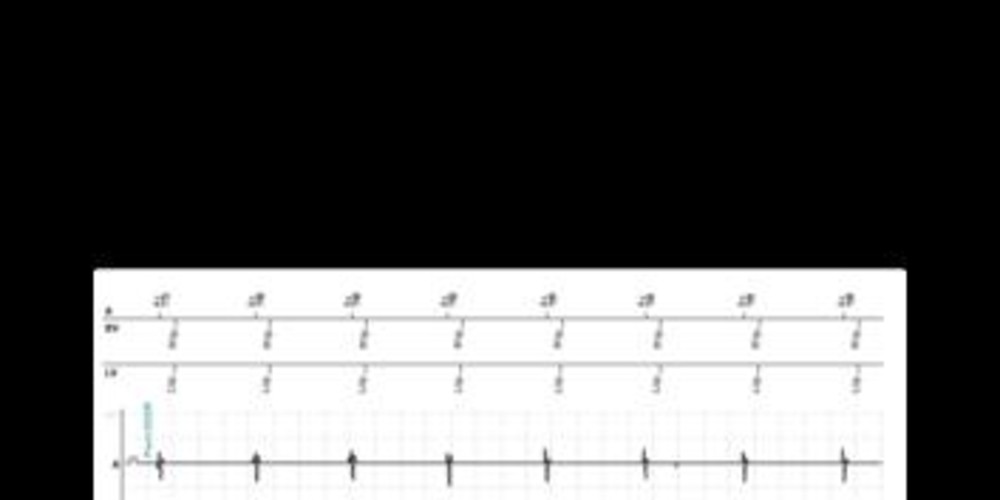Loss of left ventricular capture
Tracing
Manufacturer Biotronik
Device Remote monitoring
Field Periodic Egm
N° 6
Patient
This 78-year-old man received a Lumax 340 HF-T triple chamber defibrillator for the management of dilated cardiomyopathy with left bundle branch block. Periodic EGMs are displayed.

Graph and trace
Remote monitoring tracing
The 4 recorded channels are the 1) markers with time intervals, 2) atrial sensing channel, 3) right ventricular sensing channel, and 4) left ventricular sensing channel, each for 30 seconds.
- spontaneous and stimulated biventricular rhythm with probable biventricular capture;
- probable intermittent loss of left ventricular capture; the left ventricular EGM has changed, showing the presence of a delayed signal corresponding to left ventricular activation after right ventricular capture.
Other articles that may be of interest to you







Percent biventricular stimulation is one of the key pieces of information needed in the follow-up of recipients of cardiac resynchronization devices. Nearly flawless stimulation is indispensable for the delivery of effective therapy. A sudden decrease in this percentage from any cause, such as atrial arrhythmias, frequent ventricular extrasystoles, or an excessively long programmed AV delay, can trigger an alert and, consequently, can be detected by remote monitoring. However, a second element is indispensable, as incessant stimulation does not necessarily mean flawless biventricular capture.
The observed disturbance is intermittent, with a fixed delay between the pacing spike and the second ventricular signal, corresponding to the interventricular interval during right ventricular stimulation. The programmed amplitude of the left ventricular pacing spike is, therefore, near the threshold. The left ventricular EGM was not sensed by the left ventricular channel, such that the failure of left ventricular stimulation was not stored in the device memory. In this case, an increase in left ventricular capture threshold was responsible for the loss of capture. The periodic EGM enabled the diagnosis, which would have been missed, had the analysis of the statistics of biventricular stimulation been the only information available.